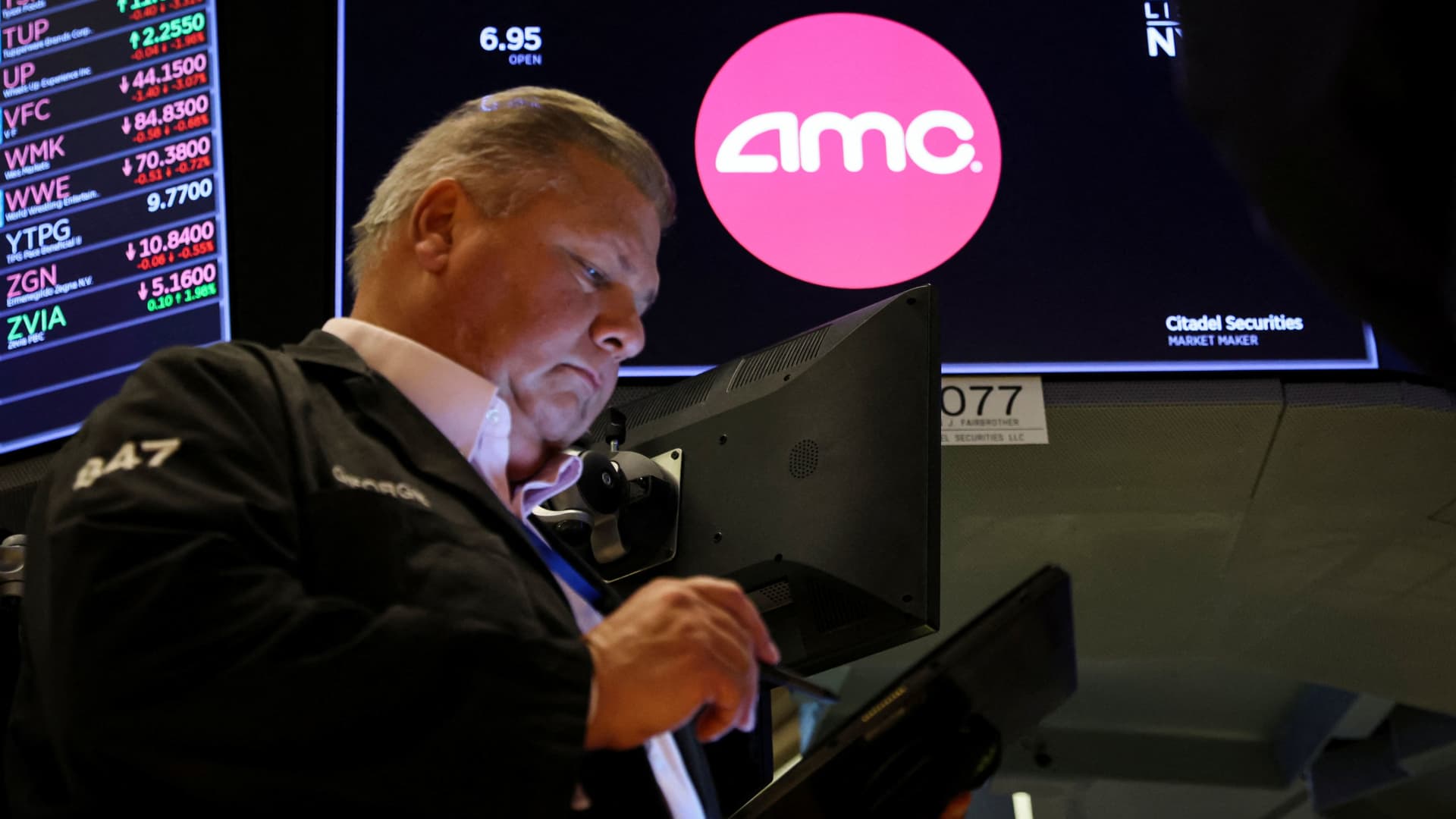© Reuters. FILE PHOTO: An Albertsons grocery store is seen, as Kroger agrees to buy rival Albertsons in a deal to combine the two supermarket chains, in Glendora, California, U.S., October 14, 2022. REUTERS/Aude Guerrucci
2/3
By Anirban Sen and Pamela Barbaglia
NEW YORK/LONDON (Reuters) -Merger and acquisition (M&A) activity globally fell well short of the high-water mark set last year as debt financing markets collapsed and stock market volatility decimated valuations, with dealmakers predicting a slow path to recovery in 2023.
The total value of M&A had fallen 37% to $3.66 trillion by Dec. 20, according to Dealogic data, after hitting an all-time high of $5.9 trillion last year.
Investment bankers and deals lawyers said the activity levels of 2021 were unsustainable and that a correction was inevitable, but blamed macroeconomic uncertainty for hampering several potential tie-ups in the latter half of 2022.
“Some sellers are still hoping for the price of yesterday and some buyers are still hoping to get the financing of yesterday although these things are no longer available. This is why we have seen less activity,” said Dirk Albersmeier, co-head of global M&A at JPMorgan (NYSE:).
M&A volumes in the United States fell by about 43% to $1.53 trillion, while Europe and Asia-Pacific saw a 27% and 30% drop, respectively, with volumes hovering just above the $900 billion mark.
In the fourth quarter, there has been a 56% contraction in global M&A to $641.2 billion, partly caused by a 66% drop in private equity activity.
The financing market for leveraged buyouts seized up in 2022 as central banks raised interest rates, forcing large private equity firms to either write larger equity checks or abandon their takeover ambitions. Private equity-led buyout volumes slumped by 35% during the year.
“We had the twin evils of geopolitical tension and inflation, resulting in rising interest rates rearing their ugly heads, and the two of them together had a really adverse impact on the market,” said Tim LaLonde, chief operating officer of global investment banking at Evercore.
But there is reason for some optimism ahead.
“Despite the macro and geopolitical environment, well-capitalized strategics are still going to do deals that are important for their long-term business strategy,” said Ivan Farman, co-head of global M&A at Bank of America (NYSE:).
Even with macroeconomic headwinds, there were 39 deals worth over $10 billion announced in 2022.
“M&A is the best house in a pretty tough neighborhood in investment banking right now,” said Mark Shafir, co-head of global M&A at Citigroup (NYSE:), which advised on three of the year’s largest transactions, including Broadcom (NASDAQ:)’s $61 billion takeover of VMWare.
Eamon Brabazon, co-head of EMEA M&A at Bank of America, forecast a “subdued” first quarter, but said, “deal volumes will start growing in the second quarter.”
Kroger (NYSE:) Co’s $25 billion acquisition of Albertsons and Amgen (NASDAQ:)’s $28 billion buyout of Horizon Therapeutics (NASDAQ:) were the largest deals of the fourth quarter.
For both, the buyers were able to readily lean on banks for financing as investment grade-rated corporations had easier access to corporate debt to execute large tie-ups.
“CEOs are feeling a little more positive about the longer term, even though they see rocky days in the short term,” said Faiza Saeed, presiding partner at Cravath, Swaine & Moore LLP.
Top rainmakers expect a pickup in cross-border M&A activity.
“It is likely that we are going to see significant M&A activity in the U.S. in 2023; not only U.S. companies making acquisitions, but also European and other international buyers making acquisitions in the U.S.,” said Frank Aquila, Sullivan & Cromwell’s senior M&A partner.
Lorenzo Corte, a global head at Skadden’s transactions practices in London, said dealmaking in the energy industry is expected to pick up due to the war in Ukraine as “Europe has to replace an enormous amount of energy that came from Russia with alternative sources.”
‘GREAT DECELERATION’
Several megadeals worth tens of billions of dollars fell apart in 2022 as market volatility and a tougher antitrust climate gave companies pause.
“I characterize 2022 as the great deceleration, from running well above trend to well below,” said Paul Taubman, founder of PJT Partners (NYSE:). “The reality is deals can still get done. But the bar has been raised on difficulty, which just means that you’re seeing far fewer pencils out than you would have previously.”
Banks, which backed several sponsor-led buyouts before the markets choked up, were faced with hefty losses on debt they failed to sell to investors.
Going forward, private equity funds are expected to kick-start the recovery as they seek assets at a discount.
“Despite the challenges of raising acquisition financing, private equity funds remain confident as they are sitting on a lot of dry powder and the market is coming to them,” said Alvaro Membrillera, head of the London office at Paul Weiss. “But before taking action they want to see the real impact of the recession.”
As geopolitical and economic uncertainty persists, deal activity in early 2023 may mirror the latter half of this year.
“If you flash back to a year ago, none of us probably would have predicted the market sell-off to quite the degree that it happened. We were probably more optimistic a year ago,” said David DeNunzio, global head of M&A at Wells Fargo (NYSE:).
Still, most dealmakers struck a positive note as they prepare for 2023.
“The increased interest rates and the specter of an economic slowdown does make you look at the base case for companies with a finer lens,” said Michal Katz, head of investment and corporate banking for Mizuho Americas. “But we are very much open for business.”

















Comments 3